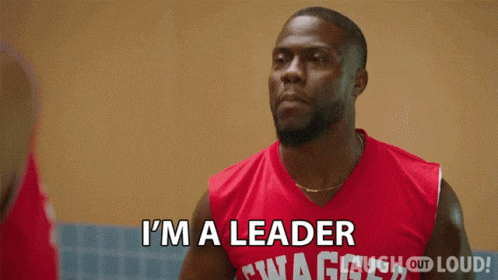When we think of self-management, it is common to think of it as taking care of my commitments, fulfilling them on time and delivering what I have been asked to deliver. Of all the definitions of self-management, perhaps the one I most identify with is the following:
The use of any method, skill and strategy through which the participants of an activity can guide the achievement of its objectives with autonomy in the management of resources. It is accomplished through goal setting, planning, scheduling, task tracking, self-evaluation, self-intervention and self-development.
Taken from: autogestionaprendizajeblog.wordpress.com
But how do we apply this skill that is acquired through the different strategies mentioned above, when we are talking about agile teams, taking into account that they live in an organizational environment, with an ingrained culture that can consume any strategy proposed if it is not adhered to from its highest layer.
To achieve this we require a high level of organization, communication and control, but also, it will require the acceptance of rules and a degree of sacrifice of individual interests over the interests of the team. Something very important that marks the evolution of agile teams is the “Continuous Improvement”, in the roadmap of this improvement is important to consider these complementary skills to get to have a self-managed team, ie, we should start encouraging:
Communication between the team
✅ This is not easy to do and it also requires time and willingness. Strengthening these communication ties will allow us to reach a level of trust among team members, in which, as we get to know each other, we will have the peace of mind to express our thoughts, ideas and opinions.

Leadership
✅ It is a fundamental skill to achieve self-managed teams in an organization that wants to achieve its key objectives. Individual leadership must be fostered in the team, which must then be scaled up to the team level. As long as we have individuals who lead their own objectives and are able to assume leadership within the team, we can have a self-managing organization in which leadership responsibilities vary continuously as roles change and as teams create and define new roles.
Even if teams are self-managing in terms of how they manage and carry out their work, they still require guidance from leaders within the organization’s hierarchy which should not be overlooked.
Organization
✅ The team must define roles collectively within itself. As teams come and go according to the changing needs of the organization, it is possible that there are different teams for different projects. Within the self-managed team, the roles that they consider relevant should be defined in order to guarantee an adaptation according to the environment of each project in the organization.
In conclusion, we can say that a self-managed team is a set of several skills and characteristics that must be involved in the “continuous improvement path” that we are building with the team. For organizations, having self-managed teams is a big challenge in which all team members are important in the process and more than anything else, roles such as the facilitator and the leaders of the organization are fundamental in the process.










0 Comments